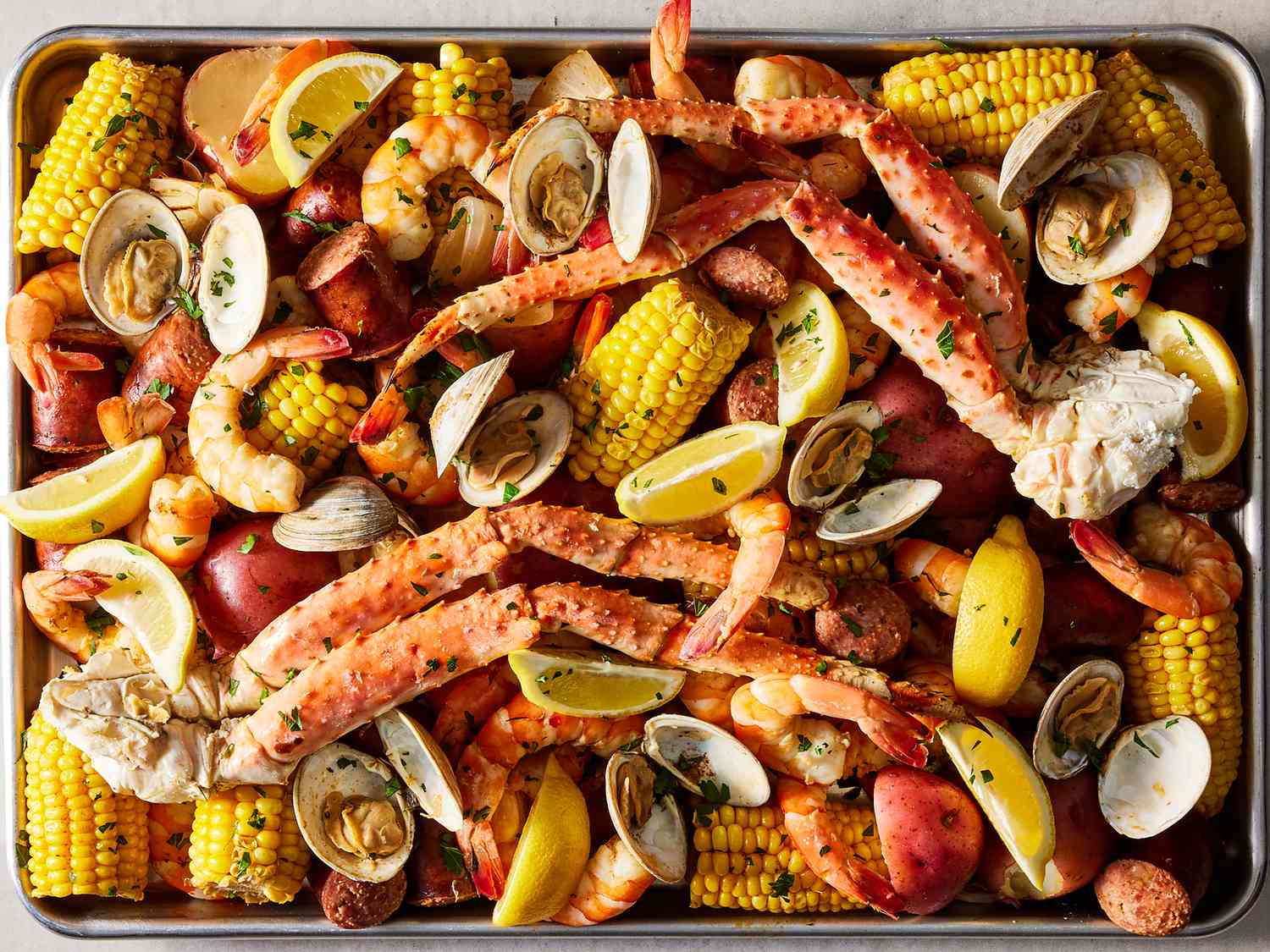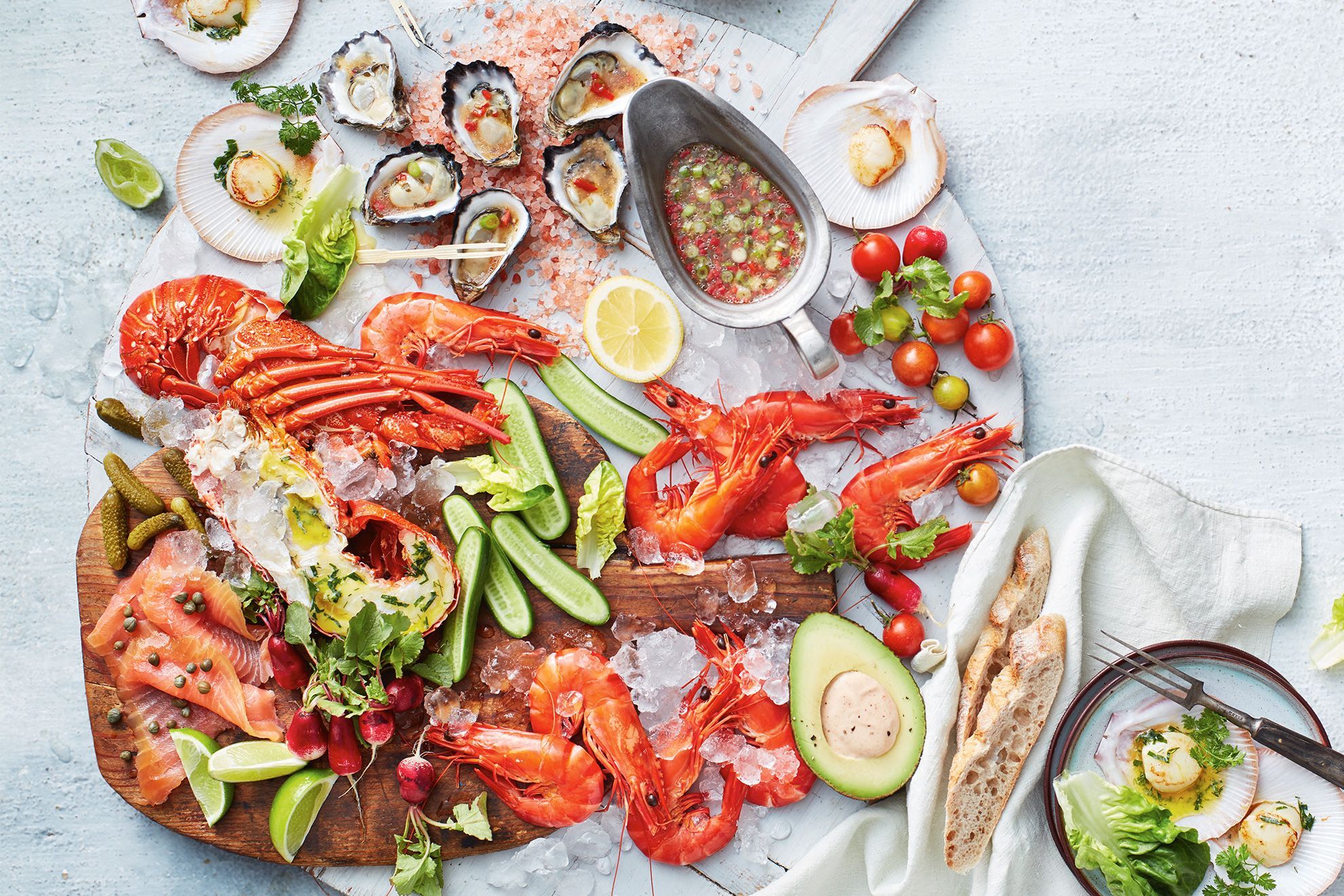For millennia, the rhythmic pulse of the tides has dictated the rhythm of human life along coastlines and waterways. The vast, mysterious oceans, teeming with life, have offered not just sustenance, but a foundation for civilizations, a source of awe, and an ever-evolving culinary dialogue. Seafood – the collective bounty of finned fish, shelled crustaceans, enigmatic mollusks, and verdant seaweeds – represents one of humanity’s most profound and ancient relationships with the natural world. It is a story woven with threads of discovery, cultural identity, nutritional necessity, ecological peril, and resilient hope.
Our ancestors, drawn to the water’s edge, quickly recognized the ocean’s generosity. Early middens reveal shells and fish bones, silent testaments to prehistoric feasts. This primal connection evolved into sophisticated fishing techniques: Polynesian voyagers navigating vast oceans to find tuna grounds, indigenous peoples of the Pacific Northwest ingeniously constructing weirs for salmon runs, Mediterranean communities casting intricate nets. The sea wasn’t just a larder; it was a provider demanding respect, knowledge, and adaptation. This intimate understanding birthed unique cultural expressions intrinsically tied to place. Consider the intricate social rituals surrounding the seasonal oyster harvests in France or the Pacific Northwest, or the communal joy of a New England clam bake. In Japan, the reverence for shun (seasonality) elevates seafood to an art form in sushi and kaiseki, where the peak freshness of a specific fish is celebrated. Peruvian ceviche, “cooked” only in the acidic embrace of lime juice, reflects a brilliant adaptation to abundant coastal resources. The Portuguese transformed necessity into culinary genius with bacalhau (salt cod), preserving the Atlantic catch for voyages and inland sustenance, creating hundreds of distinct dishes. From the spicy seafood gumbos of Louisiana, a melting pot of influences, to the delicate zuppa di pesce of Italy, seafood forms the very backbone of regional identity, a language spoken in flavour and tradition.
Beyond culture, seafood offers an unparalleled nutritional profile, a cornerstone of health recognized across dietary paradigms. It is the premier source of long-chain omega-3 fatty acids (EPA and DHA), essential nutrients with proven benefits for cardiovascular health, cognitive function, and reducing systemic inflammation. The high-quality, easily digestible protein found in fish and shellfish provides essential amino acids crucial for building and repairing tissues. Furthermore, seafood delivers a potent cocktail of vital micronutrients: vitamin D, notoriously difficult to obtain elsewhere, crucial for bone health and immunity; vitamin B12, essential for nerve function; iodine, critical for thyroid regulation; selenium, a powerful antioxidant; zinc for immune support; and iron, particularly bioavailable in shellfish like clams and oysters. This nutritional density underpins the health benefits associated with diets rich in seafood, such as the celebrated Mediterranean diet.
However, the 20th and 21st centuries have witnessed a dramatic shift in this ancient relationship. Industrialization and soaring global demand have placed unsustainable pressure on marine ecosystems. The narrative turned from abundance to scarcity and crisis. Iconic species like the Atlantic bluefin tuna, Atlantic cod, and Patagonian toothfish (Chilean sea bass) have been pushed to the brink by relentless overfishing. Modern factory trawlers, capable of sweeping entire ecosystems with immense nets, devastate seafloor habitats like ancient coral reefs and sponge beds. Bycatch – the tragic and wasteful capture of non-target species like dolphins, sea turtles, sharks, and seabirds – remains a staggering ecological and ethical problem, disrupting food webs. Furthermore, the oceans, the ultimate sink, bear the burden of human pollution: plastic debris entangling and poisoning marine life; chemical runoff fueling toxic algal blooms; and the insidious creep of heavy metals like mercury accumulating in larger predatory fish. Aquaculture, once heralded as the solution, faces its own challenges: habitat destruction (e.g., mangrove clearance for shrimp farms), pollution from concentrated waste, disease outbreaks leading to antibiotic overuse, and unsustainable reliance on wild-caught fish for feed.
The path forward demands a paradigm shift towards ocean stewardship and conscious consumption. Sustainable seafood practices are no longer a niche concern but a global imperative:
- Rigorous Science and Enforcement: Implementing and strictly enforcing science-based fishing quotas that allow stocks to rebuild, coupled with robust monitoring to combat illegal, unreported, and unregulated (IUU) fishing.
- Innovation in Harvesting: Transitioning to selective fishing gear (e.g., hook-and-line, traps, modified nets with escape panels) that drastically reduce bycatch and minimize habitat damage.
- Marine Protected Areas (MPAs): Expanding networks of effectively managed MPAs – true ocean sanctuaries – where marine life can thrive, breed, and replenish adjacent fishing grounds.
- Responsible Aquaculture Revolution: Investing in and scaling truly sustainable aquaculture practices: closed-containment systems (like Recirculating Aquaculture Systems – RAS) that eliminate environmental discharge; developing plant-based and algae-based feeds to eliminate reliance on wild fishmeal; focusing on lower-trophic species like mussels and oysters that require no feed and filter water.
- Empowered Consumers: Utilizing credible resources like the Marine Stewardship Council (MSC) and Aquaculture Stewardship Council (ASC) certifications, or regional seafood guides, to make informed choices that support responsible fishers and farmers. Asking “What species is this? Where and how was it caught or farmed?” becomes an act of conservation.
Despite the challenges, the culinary magic of seafood endures, inspiring chefs and home cooks globally. Its inherent versatility is breathtaking. It can be transformed with minimal intervention – the pristine purity of crudo or sashimi, the bright tang of ceviche, the elemental pleasure of a freshly shucked oyster. It responds beautifully to heat: the delicate flakiness of steamed fish, the caramelized crust of grilled sardines, the comforting crisp of fried calamari, the rich depth of a roasted whole branzino, the complex layers of a slow-simmered bouillabaisse or cioppino. It accepts bold marinades and spices, harmonizes with vibrant herbs (dill, tarragon, cilantro), luxuriates in butter and cream, and sings alongside acidity from citrus or vinegar. Mastering seafood often lies in restraint – respecting its delicate texture and avoiding overcooking – allowing the ocean’s essence to shine.
The future of seafood hinges on embracing innovation alongside tradition. Exploring abundant, underutilized species (sardines, mackerel, pollock) diversifies our plates and eases pressure on overfished stocks. Advances in sustainable aquaculture, particularly land-based RAS and seaweed farming, offer promising pathways. While still nascent, cellular aquaculture (growing seafood from cells) presents a potential long-term solution, though its environmental footprint and consumer acceptance require careful evaluation. Crucially, fostering a deeper connection between consumers and the source of their seafood – understanding the journey from ocean to plate – cultivates appreciation and drives demand for transparency and sustainability.
In essence, seafood is a profound testament to our planet’s aquatic wealth and a mirror reflecting humanity’s interaction with nature. It nourishes our bodies with unique vitality, connects us to diverse cultures and ancient traditions, and offers unparalleled sensory delight. Yet, this relationship stands at a critical juncture. The boundless ocean is revealing its limits. Embracing sustainable practices – through stringent regulation, technological innovation, responsible farming, and conscious consumer choices – is not merely about preserving a menu; it is about honouring a kinship forged over millennia. It is about ensuring that the eternal tide continues to bring forth its harvest, a vital legacy for generations yet to come. Our choices today will determine whether the story of seafood remains one of enduring partnership or becomes a cautionary tale of plunder. The responsibility, like the ocean itself, is vast and inescapable.

